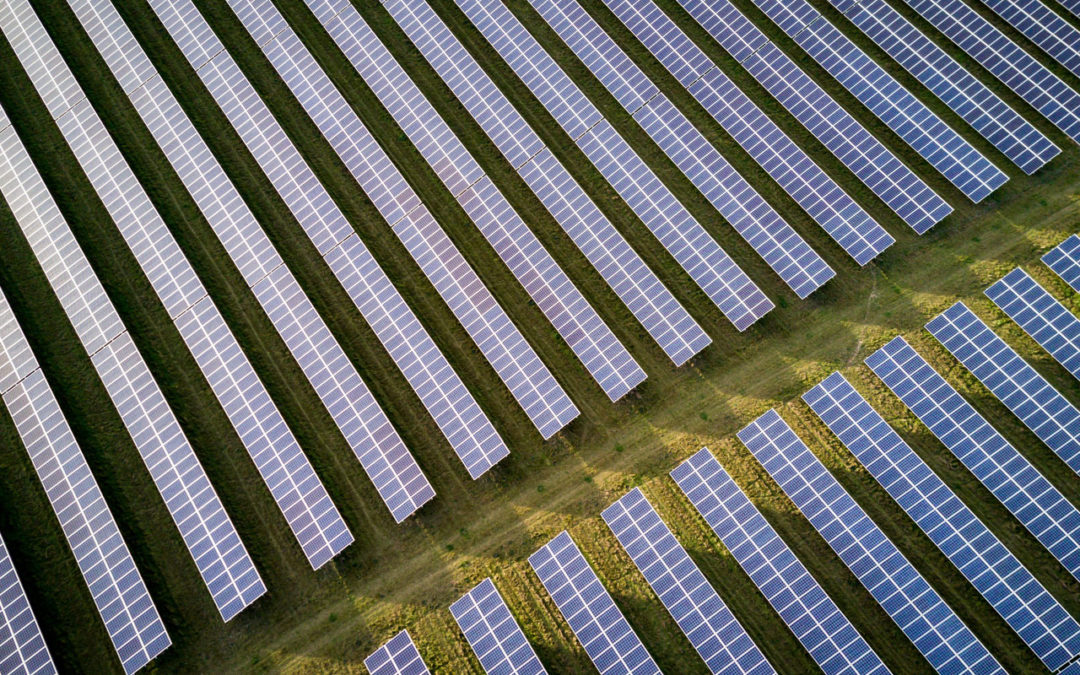The volume of solar generation slated to supply power to Wisconsin electricity customers would nearly double if state regulators approve Madison-based Alliant Energy’s ambitious plan to acquire six Wisconsin solar farms for its generation portfolio. Alliant’s application will be filed shortly.
Spanning the state from Grant County in the west to Sheboygan County in the east, the six farms will provide 675 megawatts (MW) of capacity, nearly matching the combined solar commitments made by other Wisconsin utilities thus far.
ALLIANT ENERGY’S PLANNED SOLAR ACQUISITIONS
The projected output from this massive investment in solar generation equates to the average usage of 175,000 Wisconsin households. If approved, Alliant would become the largest provider of solar power in Wisconsin by a large margin (see Table 1).
TABLE 1: RATE-BASING WISCONSIN SOLAR FARMS
This is an astonishing jump from the two megawatts of solar power supplying electricity to Alliant’s Wisconsin customers today. Though Wisconsin has about 150 MW of operating solar capacity right now, by year’s end that number should surpass 300 MW, when the 150 MW Two Creeks plant in Manitowoc County is placed in service. And by the end of 2021, solar capacity in Wisconsin should be within striking distance of a gigawatt (1,000 MW).
This fleet of solar farms will fill the capacity hole that will materialize in late 2022 when Alliant shuts down its 35-year-old Edgewater 5 power station in Sheboygan for good. Earlier this month, Alliant announced plans to retire the 385 MW coal-fired plant in the next two years. Like many other coal plants in Wisconsin and elsewhere, Edgewater 5 has become an increasingly marginal power source, displaced by lower-cost gas-fired and renewable generating capacity.
Though the shutdown of Edgewater 5 can proceed without approval from Wisconsin’s Public Service Commission, the addition of the six solar farms to Alliant’s rate base automatically triggers a PSCW review process. To obtain regulatory approval, Alliant must demonstrate that these six solar farms will reduce its operating costs and provide other tangible benefits to customers without sacrificing reliability.
Alliant’s investment in this tranche of solar capacity should amount to about $900 million and will take the utility two-thirds of the way towards its goal of adding a gigawatt of solar generation by the end of 2024.
As with the first crop of solar farms approved in 2019 and earlier this year, the development work is being undertaken by independent power producers (see Table 2). Two of the projects–Savion Energy’s 49.9 MW Richland County solar farm and Geronimo Energy’s 50 MW North Rock solar farm–have already been approved for construction, but the remaining four require siting permits. The PSCW has jurisdiction over the three largest solar farms, and will issue decisions in late 2020 and early 2021. Jefferson County will review the 75 MW Ranger Power project later this year. Assuming the PSCW green-light’s Alliant’s application to acquire the projects, all six solar farms should be operating before the close of 2023.
TABLE 2: ALLIANT ENERGY’S PLANNED SOLAR ACQUISITIONS
In each year of operation, these projects will pump a combined $2.7 million into the coffers of host counties and townships. Over 30 years, revenues to local governments will top $80 million. Participating landowners will also reap economic dividends in the form of rental income.
One can access Alliant’s application and supporting documents from the PSCW under Docket No. 6680-CE-182. In all likelihood, the PSCW will make its decision on Alliant’s application in early 2021. To learn more about solar farms in Wisconsin visit RENEW’s frequently asked questions page.
Alliant’s application represents a major milestone in the development and provision of renewable energy in Wisconsin. Whether undertaken by utilities, local governments, businesses or residents, each new investment in solar and wind power generation strengthens Wisconsin’s economy and builds cleaner, healthier, and more resilient communities.

